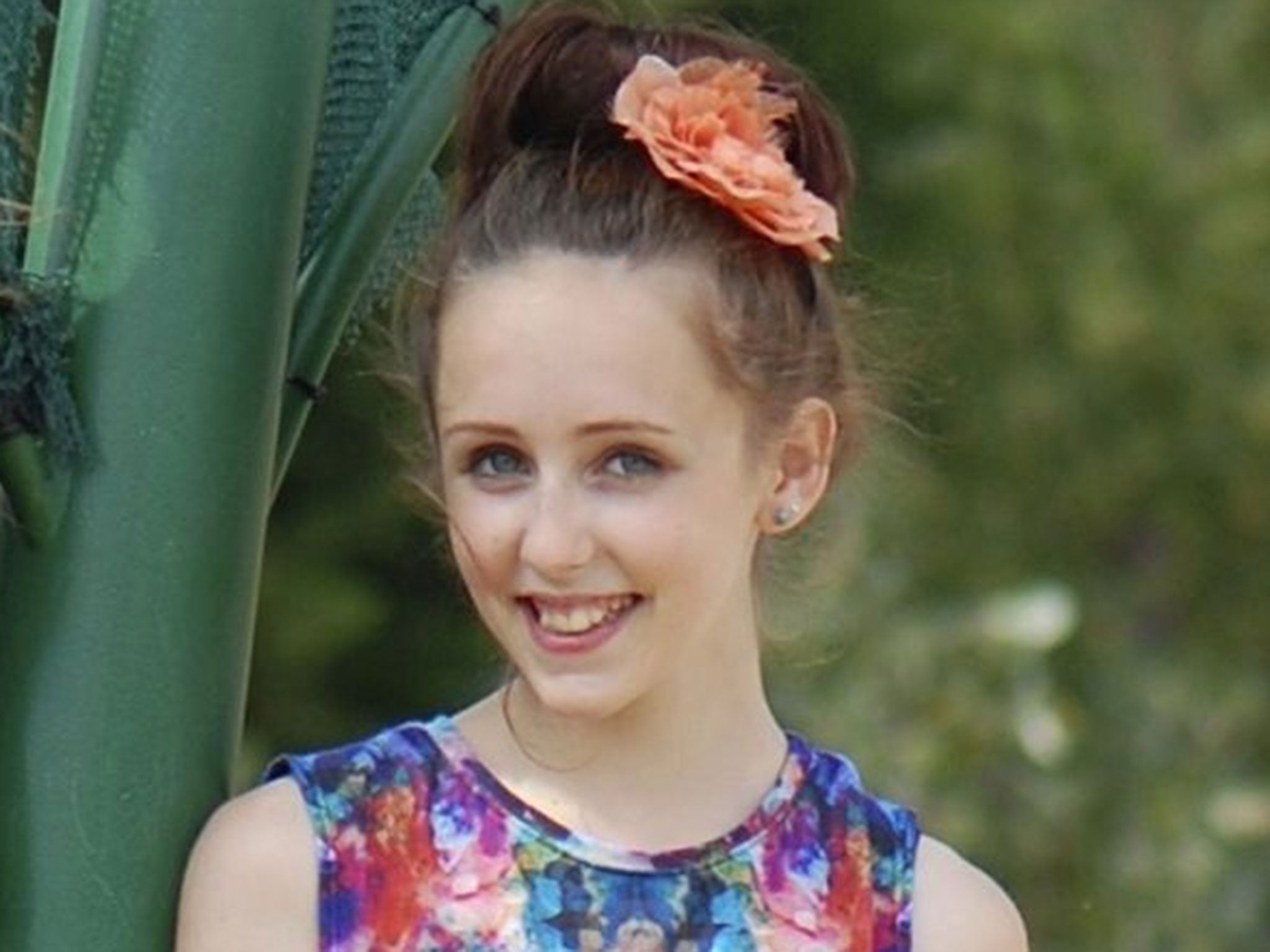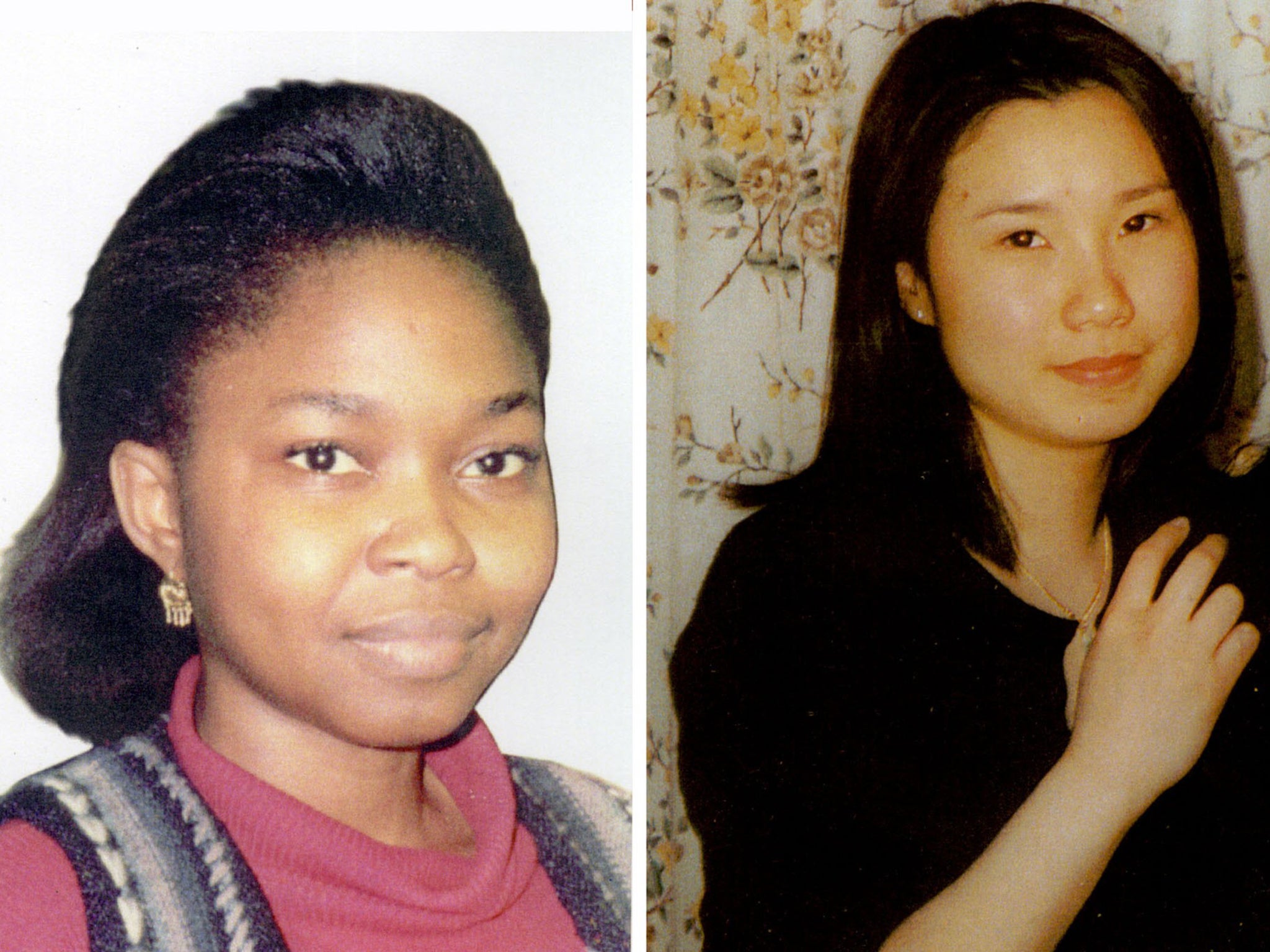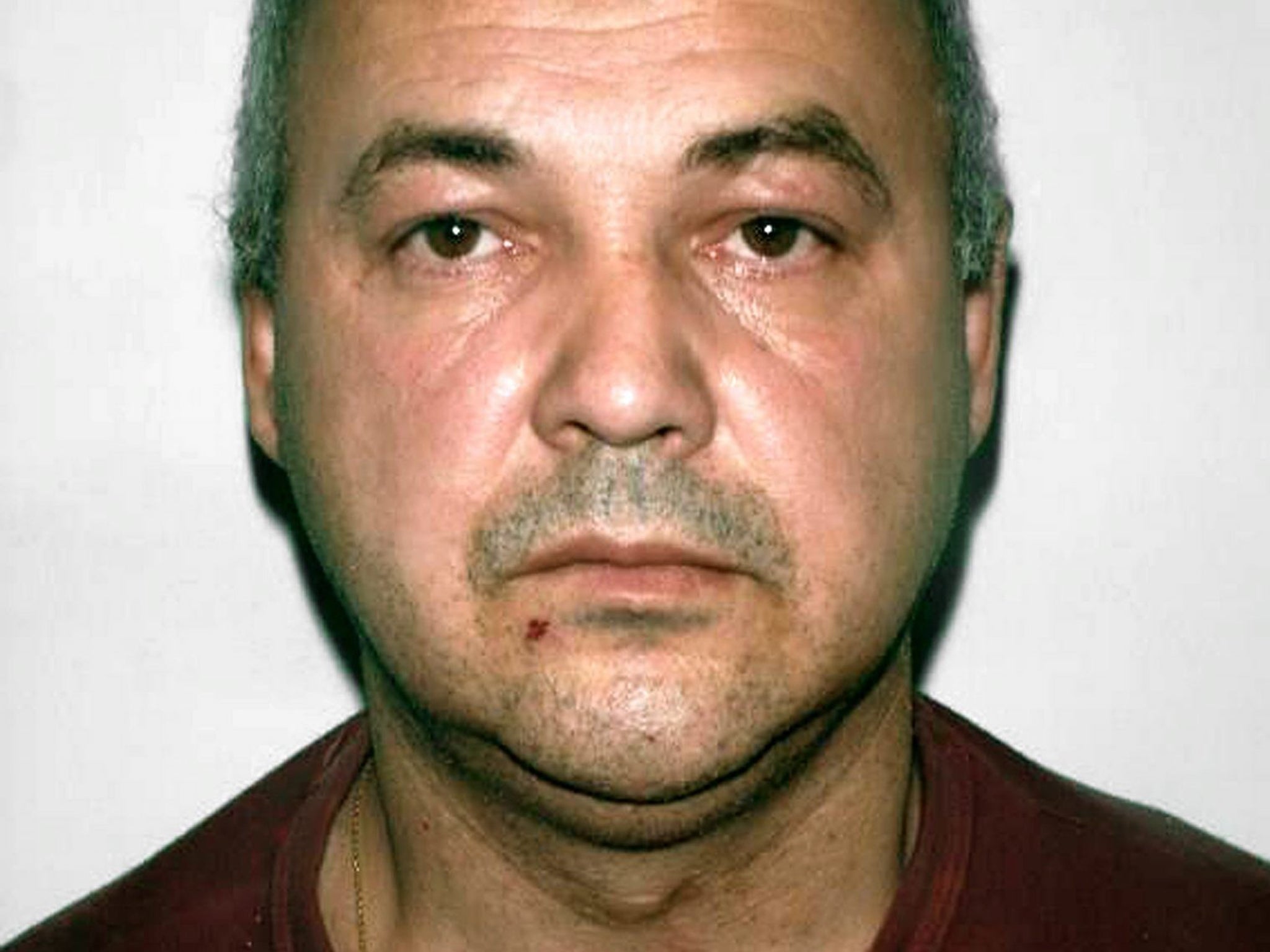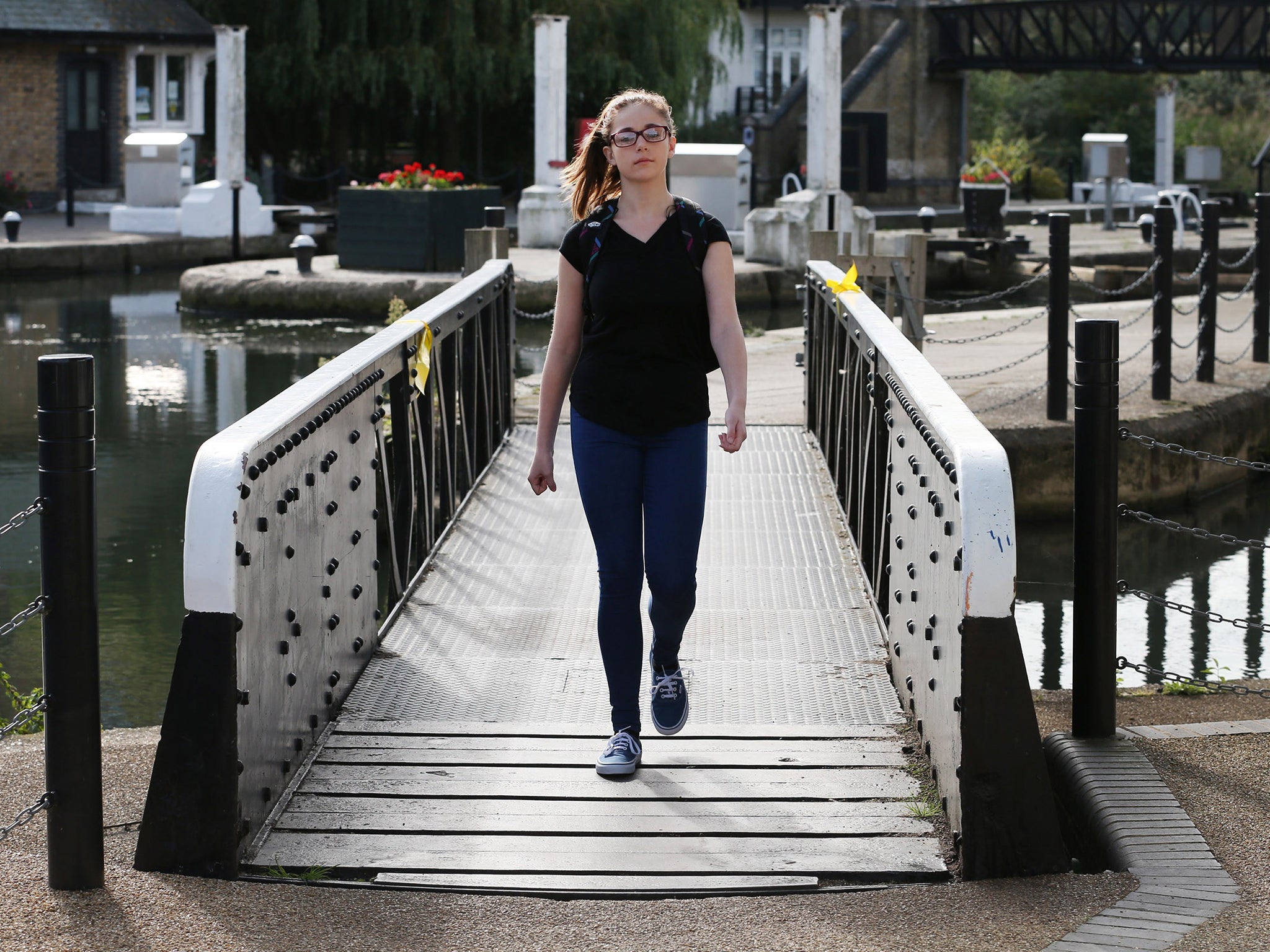Alice Gross and the mystery of the two women who disappeared nearby
First, in 1999, it was a 19-year-old student. Then, nine months later, it was a 27-year-old computing graduate. Neither was ever seen again

It is not the first time that this small corner of west London has been struck with such tragedy.
As the close-knit community of Hanwell come to terms with the senseless murder of 14-year-old Alice Gross, former Metropolitan Police detectives can recall two other unsolved cases from the same area that continue to haunt them.
In the early hours of Thursday, the largest police search since the July 7 terror attacks in 2005 culminated in the discovery of the schoolgirl’s body, wrapped in plastic and weighed down by logs in a pit dug into the river bed.
The murder investigation, which has involved 300 officers from more than a dozen police forces across the UK, has a prime suspect – Arnis Zalkalns, a convicted murderer from Latvia who vanished from his home in west London, days after Alice went missing.
The jobbing builder, who moved to Britain after serving seven years in jail for murdering his wife, was captured on CCTV cycling along a canal towpath 15 minutes after Alice had walked by. Five days later the 41-year-old disappeared from the rented flat in Ealing which he shared with his girlfriend and baby daughter.
However, former Met police officers have contacted The Independent, concerned that Alice’s murder shares disturbing parallels with two other unsolved cases from the London borough of Ealing.
In April 1999 a 19-year-old student, Elizabeth Chau, left Thames Valley University and was caught on CCTV walking briskly home along the Uxbridge Road near Ealing police station. She was never seen again.
Nine months later, in January 2000, Lola Shenkoya, 27, an American-born computing graduate, alighted from a bus outside Burger King near Ealing Broadway station. She too vanished without trace.
Both disappearances occurred two-and-a-half miles from the spot where Alice Gross went missing on 28 August. The 14-year-old’s murder has struck a chord with some of the officers investigating the cases of the missing women.
“‘Stranger’ murders on lone young females walking in the street during the day by a man unknown to them are extremely rare occurrences in the UK,” said one source, a decorated former murder detective.
“The vast majority of victims are known to their attackers and any such cases always become big news stories. There are only ever two or three a year nationally, if that.

“The odds [against] three girls disappearing or [being] murdered in such a small area of London, even over a 14-year period, are astronomical.”
At the time of the Chau and Shenkoya cases, Arnis Zalkalns, was in jail in Latvia for the murder of his wife, Rudite, in 1997.
The police officers who contacted The Independent accept that his recent, unexplained disappearance makes him the prime suspect in the Alice Gross murder inquiry.
But despite the 14-year gap, they are amazed at the links between the cases. “Whoever killed [these] girls showed considerable coolness, sophistication in avoiding being seen during the act, and avoiding capture,” one said.
The victims, two young women and a teenage girl, all went missing at busy times of the day, and their disappearances went unnoticed by members of the public.
“The killings took place out of sight and sound of the public, as did the subsequent disposal of the bodies. This latter aspect takes considerable planning and coolness on the part of the attacker, raising the question of whether there was more than one attacker,” said the source.
“All the above circumstances are extremely rare in any case of murder, let alone in such a small area of London.”
When The Independent approached Scotland Yard about the two historical cases, the response was that links to the Alice Gross murder were not a current line of enquiry.
The Met said the Chau and Shenkoya murders were strongly suspected to have been carried out by Andrezej Kanowski, a convicted rapist and murderer from Poland who died in 2009.

When this was relayed to the officers involved in those two murder inquiries, they were unimpressed. “If I was the senior investigating officer, I would not be ruling anything out at this stage,” one said.
It is understood the Met had never found hard evidence linking Kanowski – known as “The Beast” – with the Chau and Shenkoya murders.
He was questioned over the cases in 2004, while in custody for the rape and murder of 12‑year-old Katerina Koneva, after police found he was working in a dry-cleaning shop on the Uxbridge Road the day Elizabeth Chau was last seen walking past Ealing police station. A source said: “Kanowski denied any involvement and despite forensic tests at the dry cleaners and the digging up of the whole of his garden, no evidence of the victims was ever found.
“He was a good suspect. But I think it is complacent of the Met to definitively attribute those murders to him.”
Privately, several retired detectives are astonished that it took the Met five days to launch a murder inquiry into Alice Gross’s disappearance.
The homicide and serious crime command took over the inquiry from borough officers only when her rucksack was discovered on the canal towpath on 2 September.

One police source said: “It was an unacceptable delay. A 14-year-old girl should have been classed a high-risk missing person and the murder inquiry should have started after 24 hours – particularly when the police realised her phone was not working.”
The source was also concerned at the delays in communicating with Latvian police over Zalkalns’ whereabouts, although the police dispute any such delays.
Vital forensic leads may have been lost for ever after it took police more than a month to find Alice’s body, in a stretch of the river Brent that had already been searched.
A barge owner, who has been living on the Brent for two weeks, said he could not understand why the body had not been found sooner.
The man, who did not want to be named, said: “Divers have been here before, the river is only three feet deep and there is no flow to it, so maybe they missed it first time around.”
In the hours after last week’s grim discovery Alice’s parents, Rosalind Hodgkiss and Jose Gross, released a statement through the police saying they were “completely devastated”.
“It is difficult to comprehend that our sweet and beautiful daughter was the victim of a terrible crime,” they said.